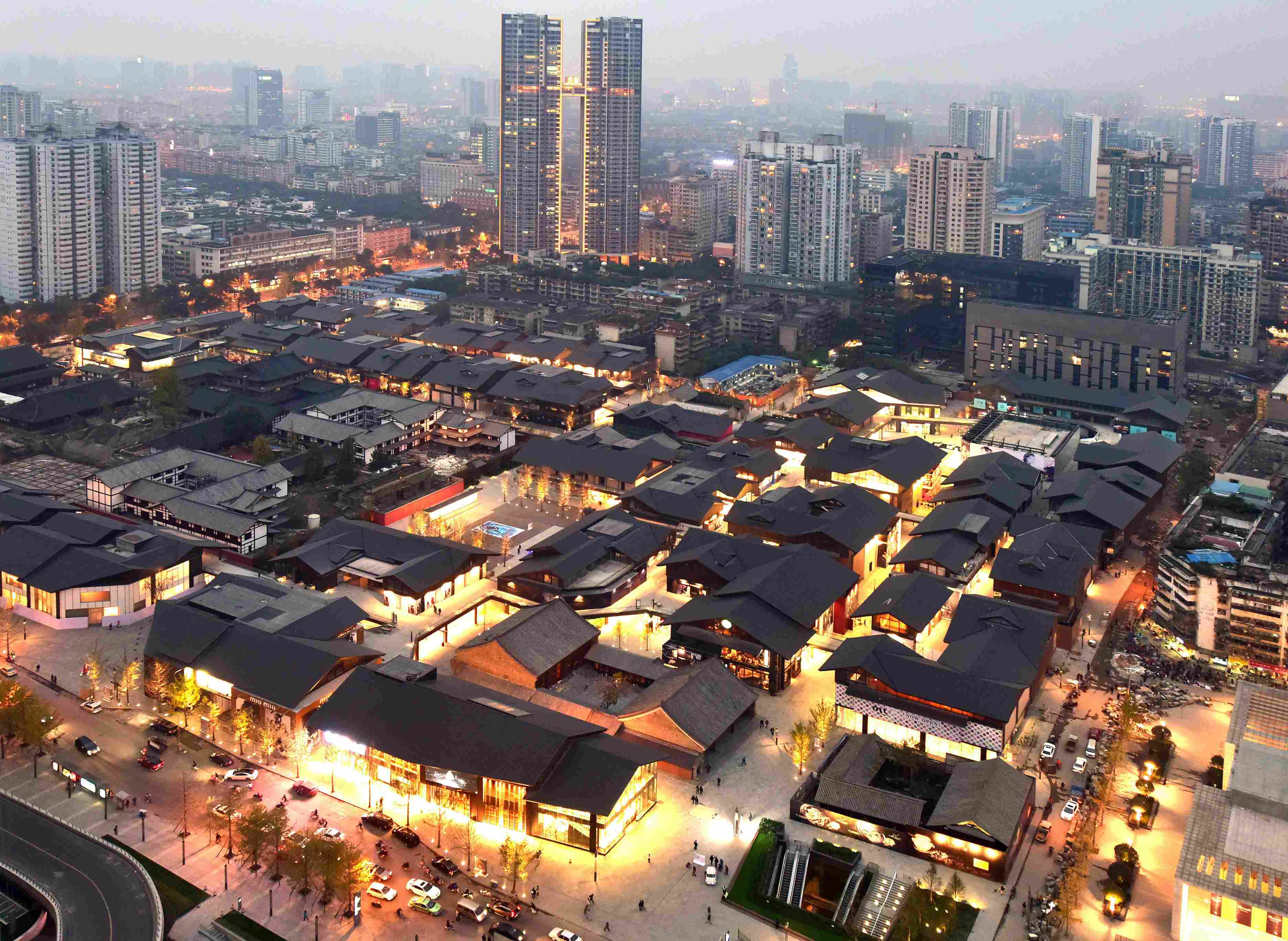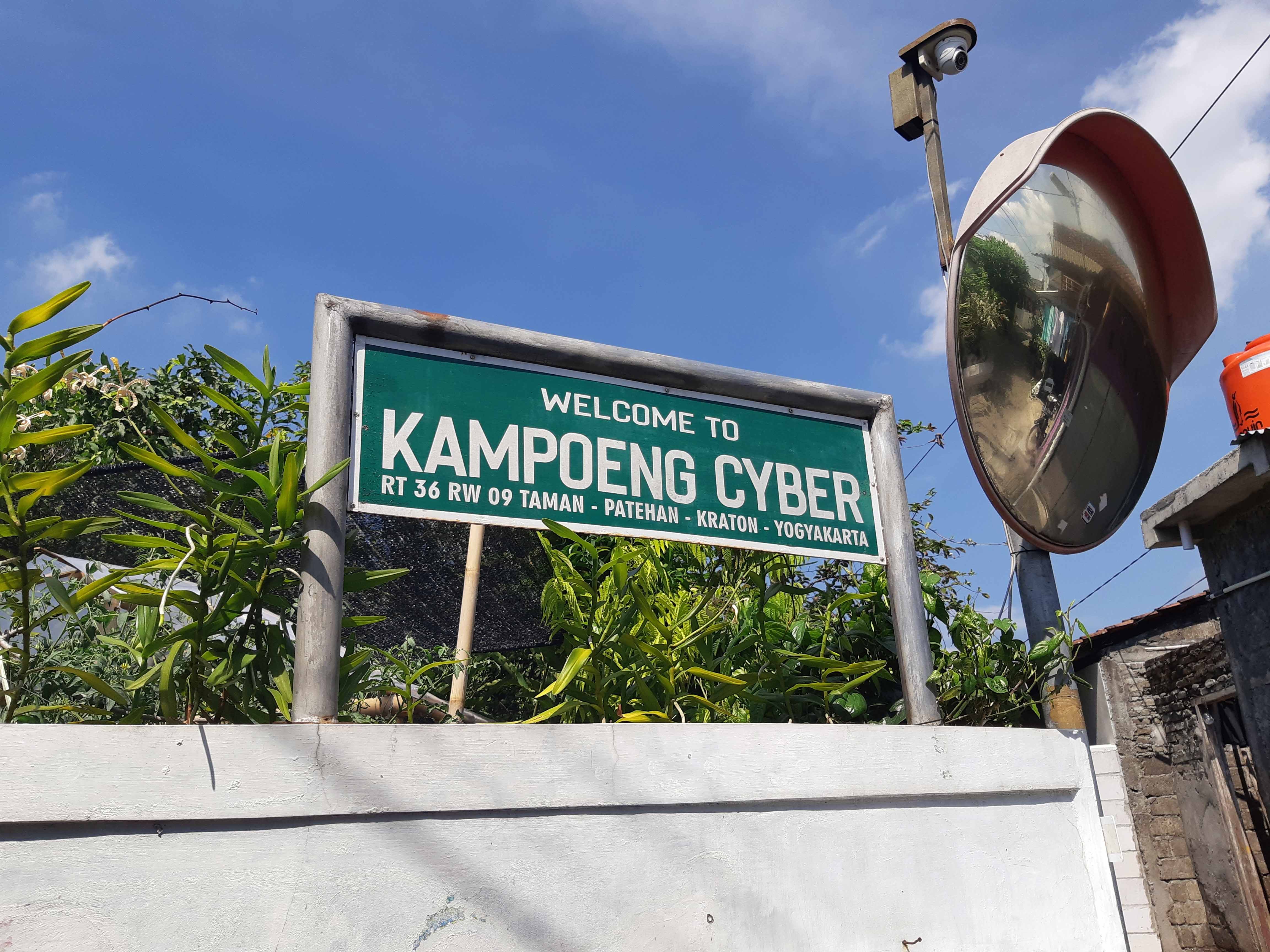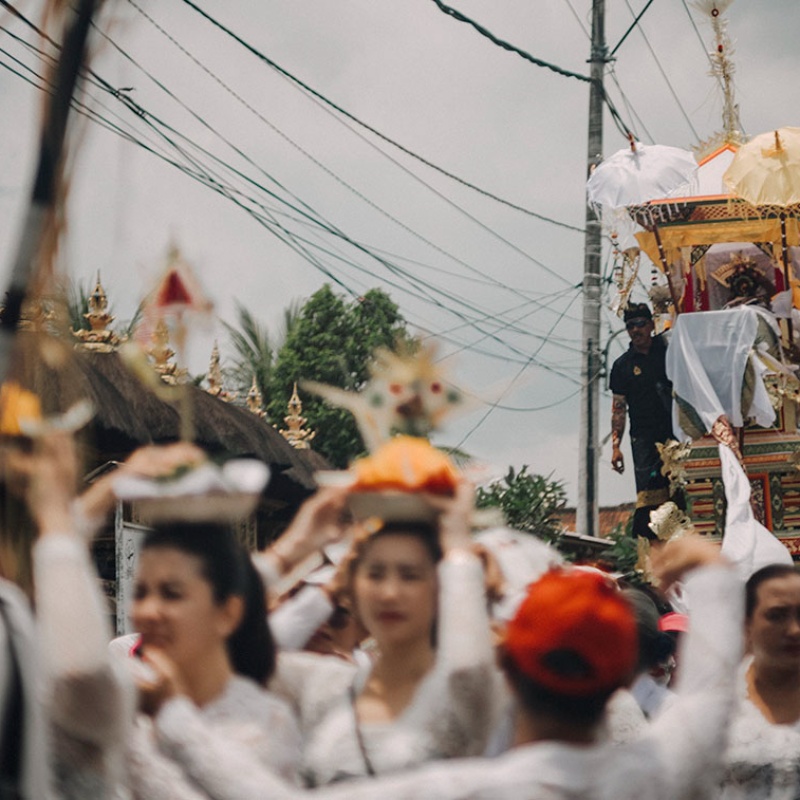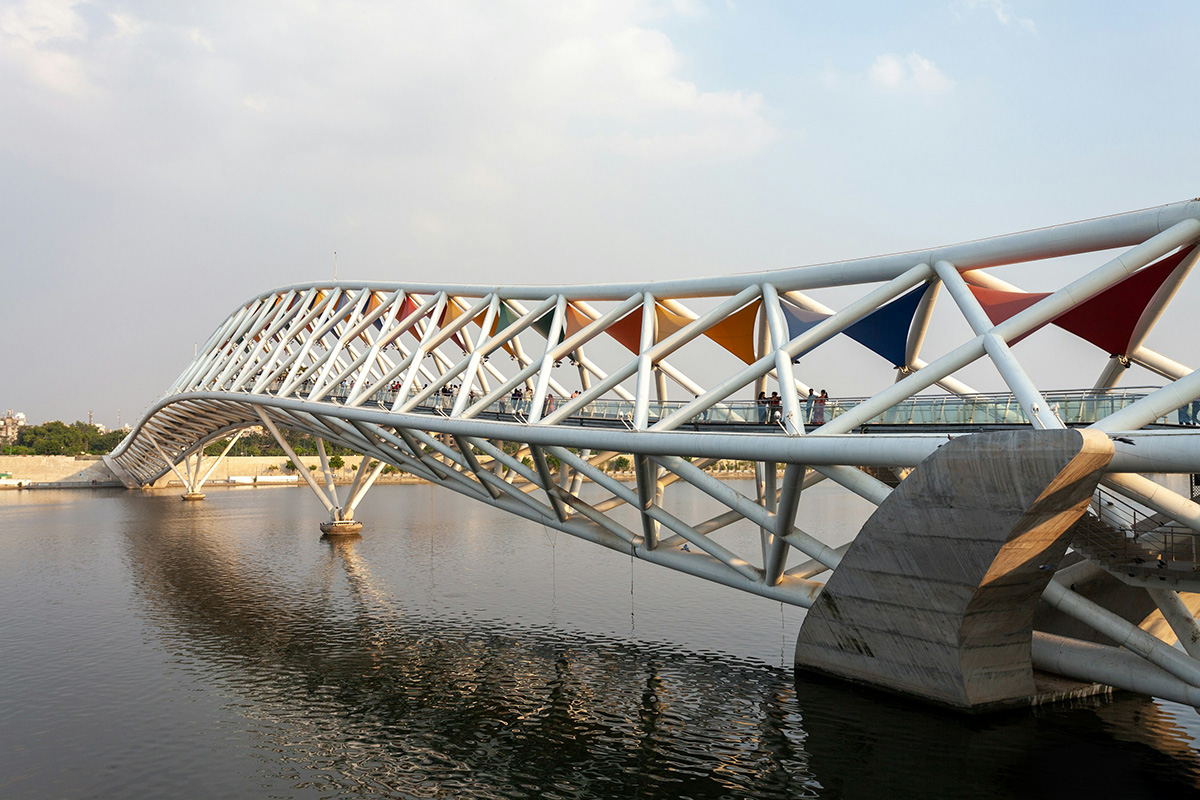Streets interlaced among historic buildings from centuries ago, and storefront signage that is so bright that your eyes squint. At one moment you are standing under the roof of a thousand-year-old temple, another moment you are strolling through a well-appointed public square. Oval Partnership wishes to push the boundaries of conventional retail architecture. We explore the possibilities of the Open-City Concept to nurture lively and inclusive communities.
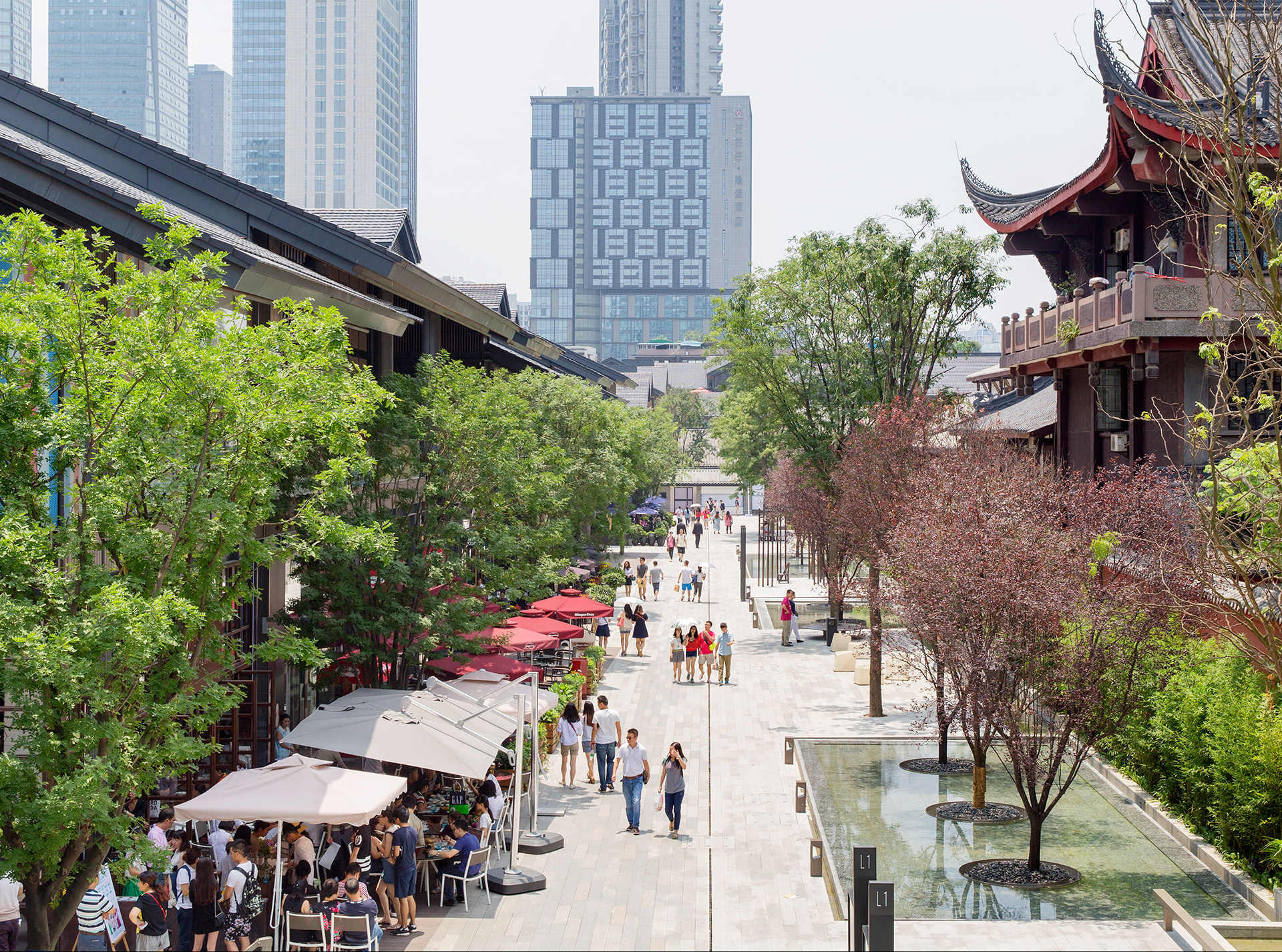
Our Open City Concept is about creating an inviting and engaging urban environment with active public realms and lively neighbourhoods. Focused on connectivity and inclusivity – we create spaces that are vibrant and encourage curiosity. The Open-City Concept in Sino-Ocean Taikoo Li was given numerous international awards, including the “Urban Land Institute (ULI) Global Award for Excellence” and “ Design for Asia (DFA) Grand and Gold Award”.
Research and Planning

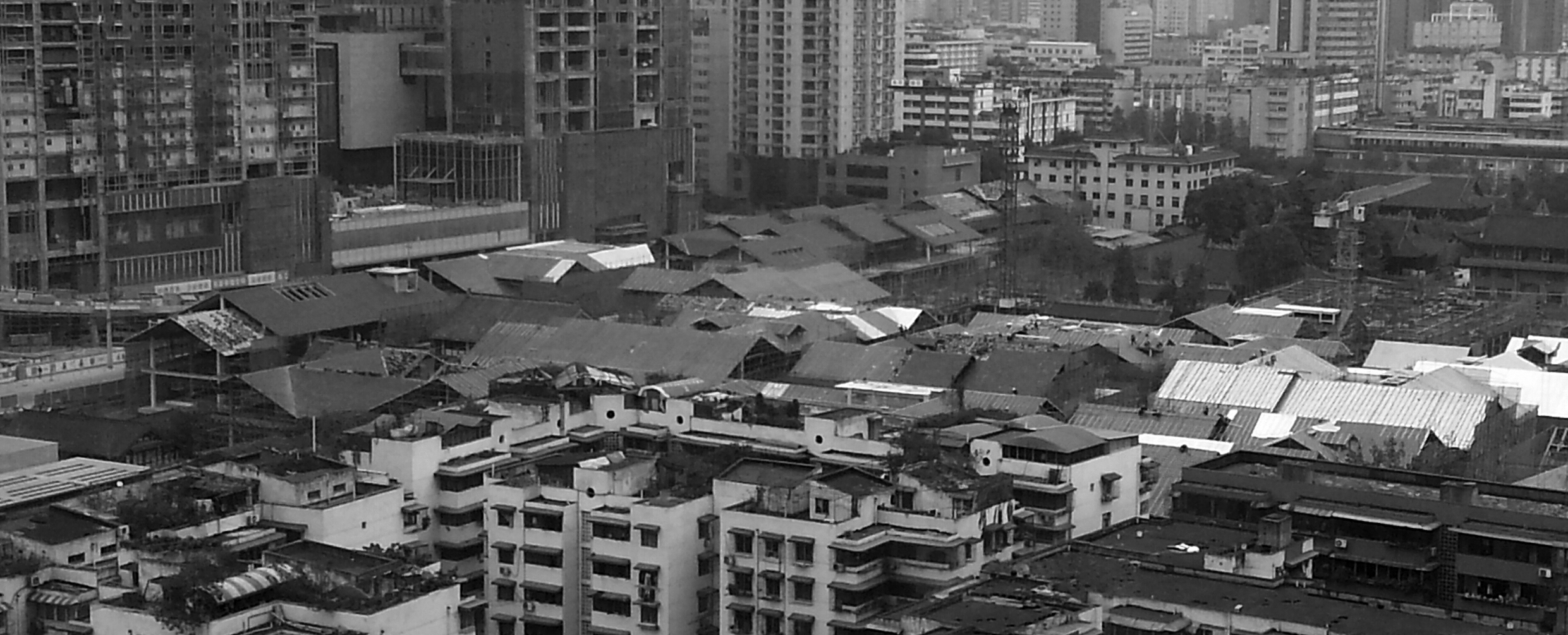
We were kindled by the magnificent history of Chengdu. The Daci area was a cradle of culture since the Bronze Age.
One of the six conserved ancient buildings is the Guangdong Fraternity Hall. It was built over two hundred years ago and served as a community centre for Cantonese in Chengdu. The Guangdong Fraternity Hall is an exemplar of traditional Chinese architecture. Hence, it was a bracing experience as our team integrated a modern retail blueprint with heritage conservation in the Open-City adaptation.
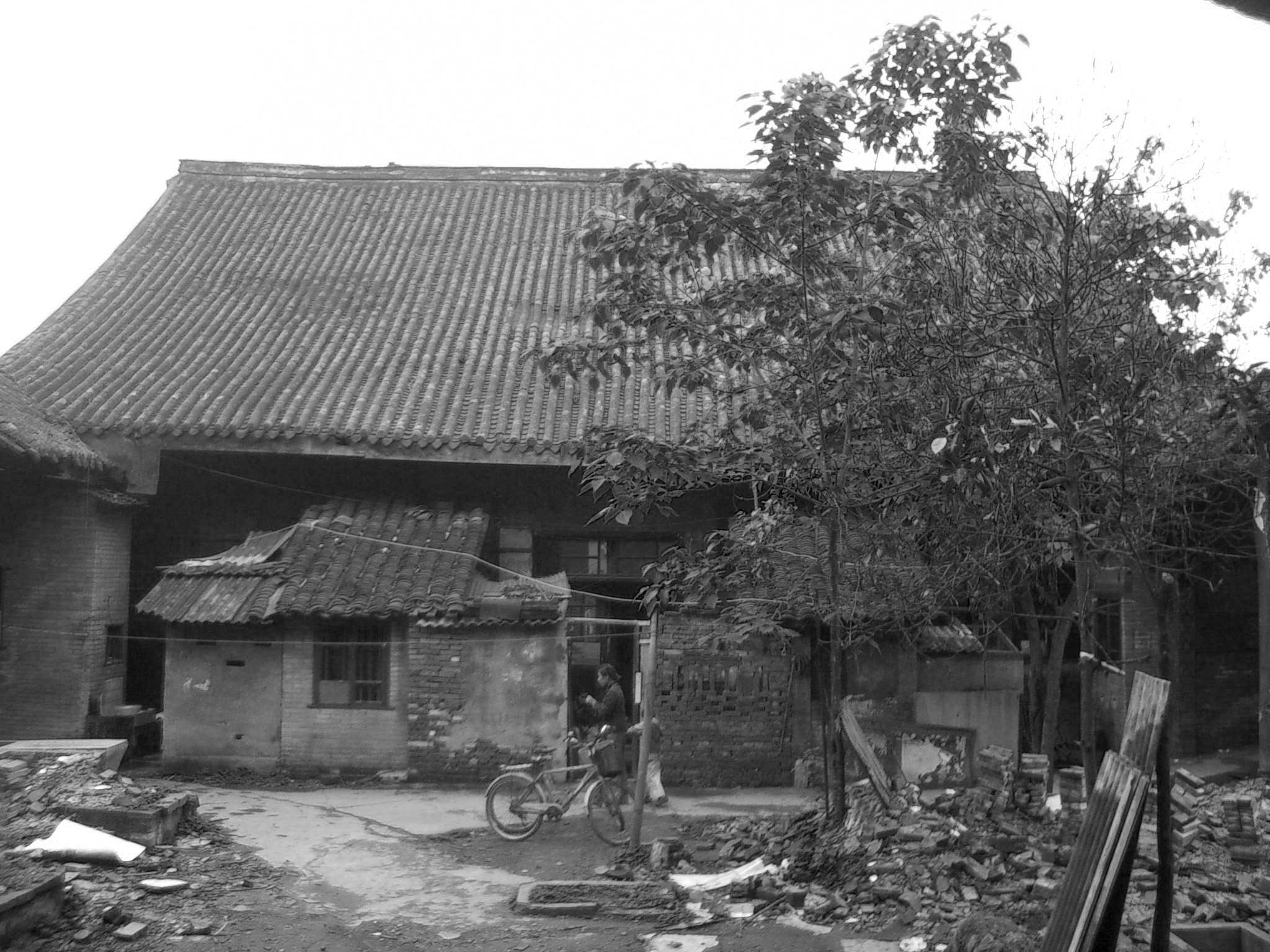
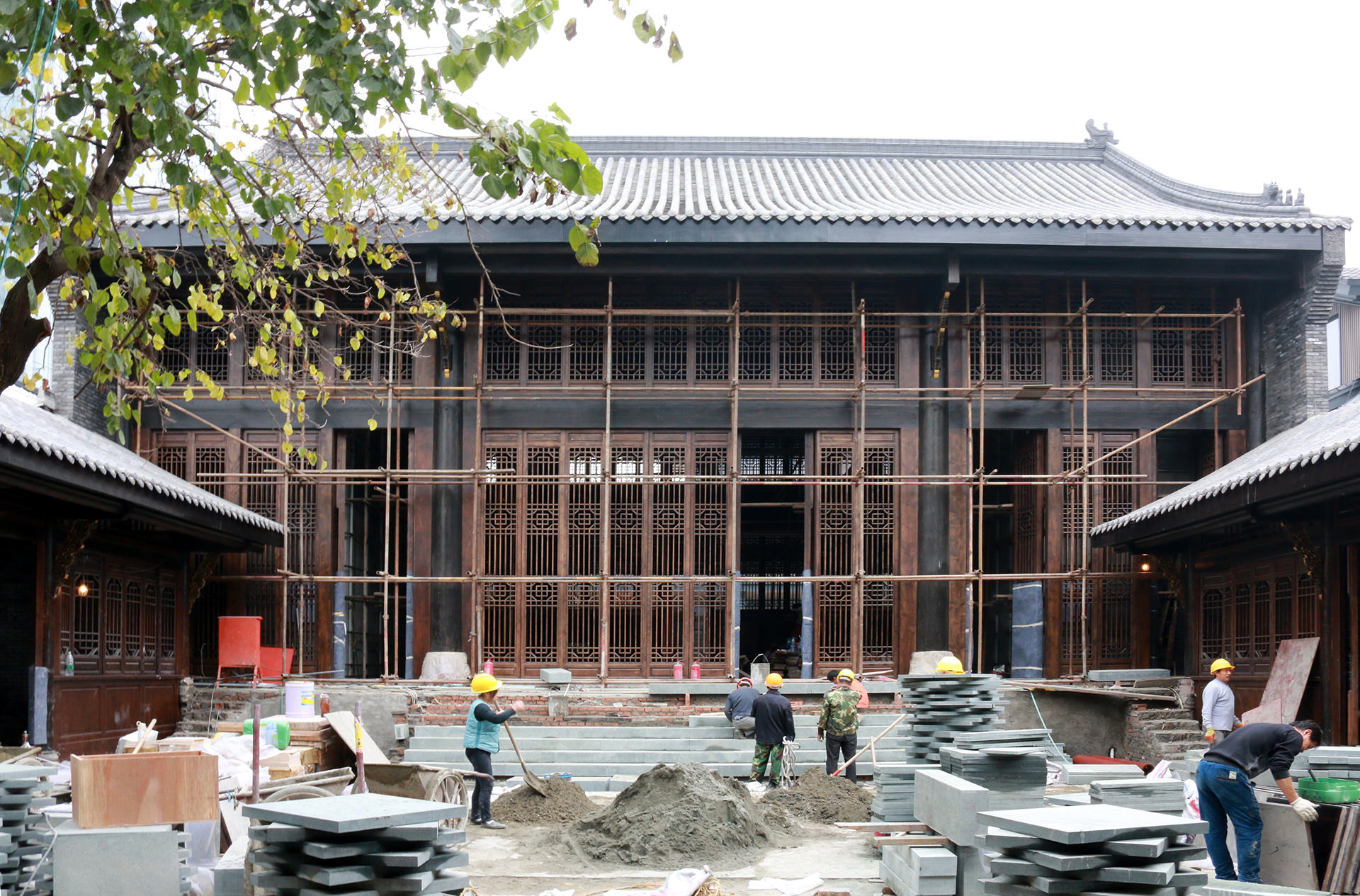
.jpg)
In our Open-City Concept, we merged the elements of old and new and incorporate them into the urban fabric, creating a vast open space for community activities.
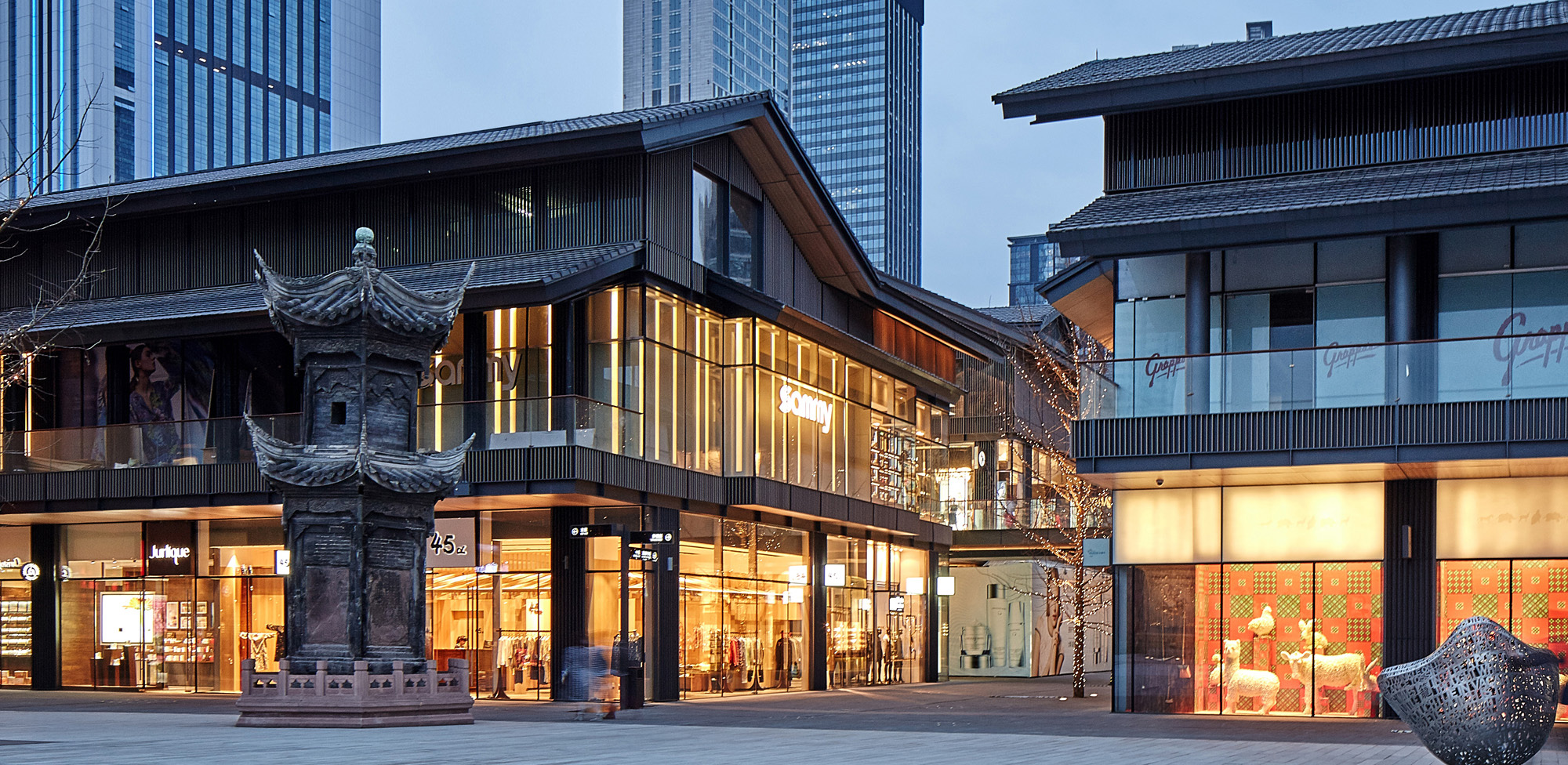
Traditional courtyard houses were revitalised into stores, tea houses or spas. The Taikoo Li project in Chengdu was a realisation of a balanced approach comprising heritage conservation, culture development and economic development in the open community project.
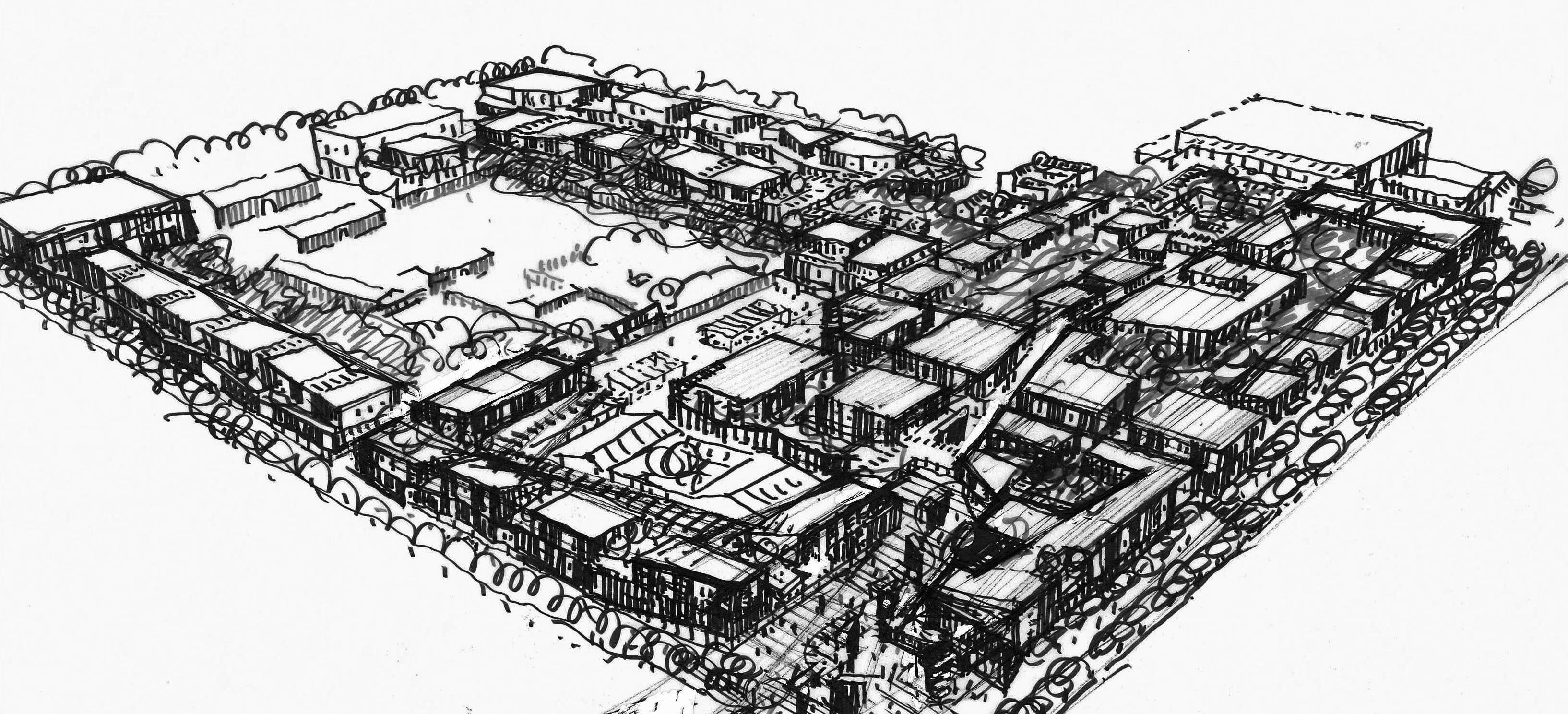
The effort and dedication in conserving its original architectural landscape and historic features can also be seen in the master-planning sketches. The master plan honours the site’s heritage by retaining the historic lanes, courtyards and restoring the six historical buildings in the open community.
In addition, new lanes, streets, and squares were designed to create a colossal of open public space to facilitate a sense of neighbourhood. In essence, the team has created a unique urban village with revitalized historic architecture, modern retail planning and interconnected lanes and squares in Taikoo Li.
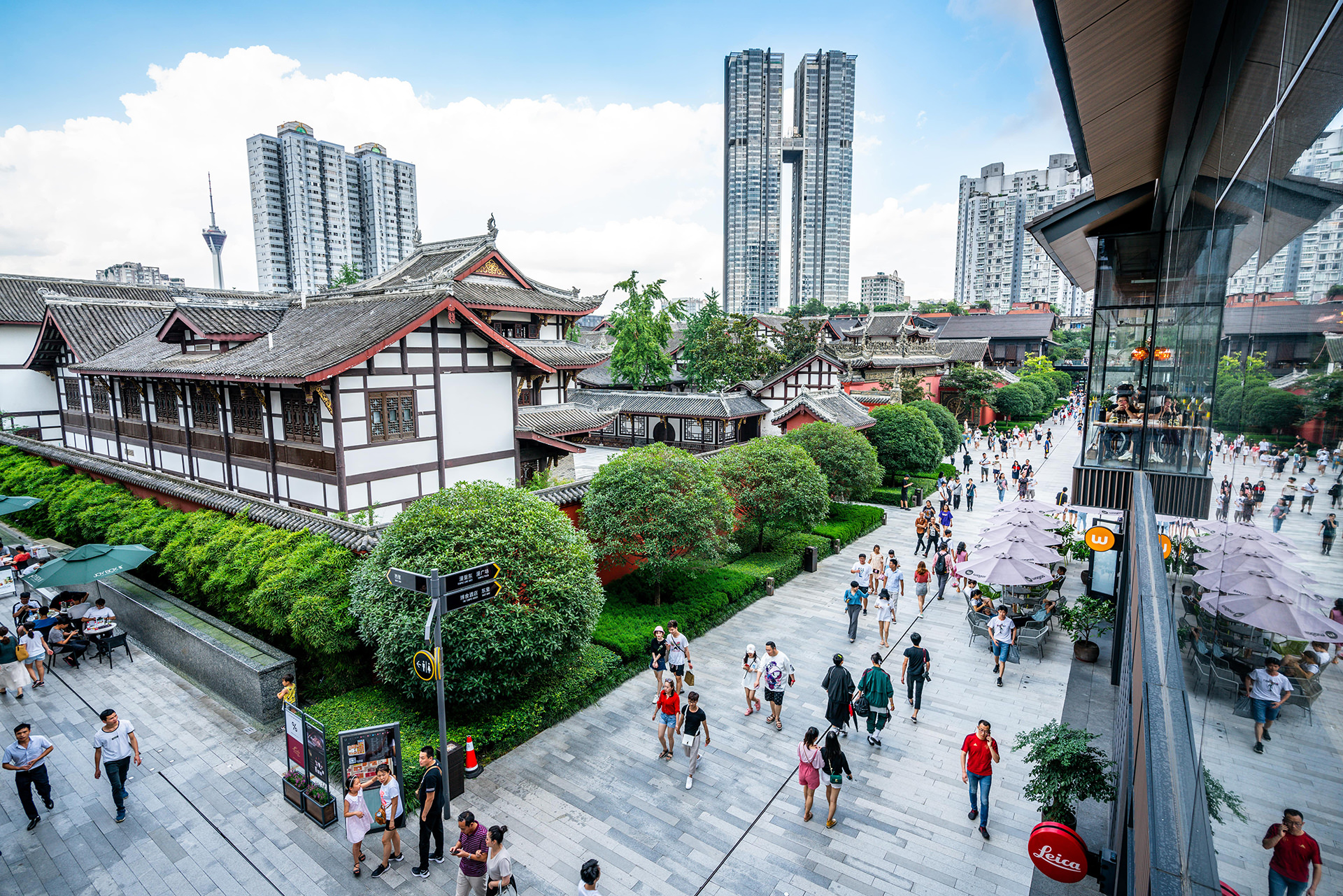
Our Founding Director of the Oval Partnership referred to Taikoo Li as an unparalleled opportunity to take part in Chengdu’s key development, based on the foundation of the 1,400-year-old historic temple.

